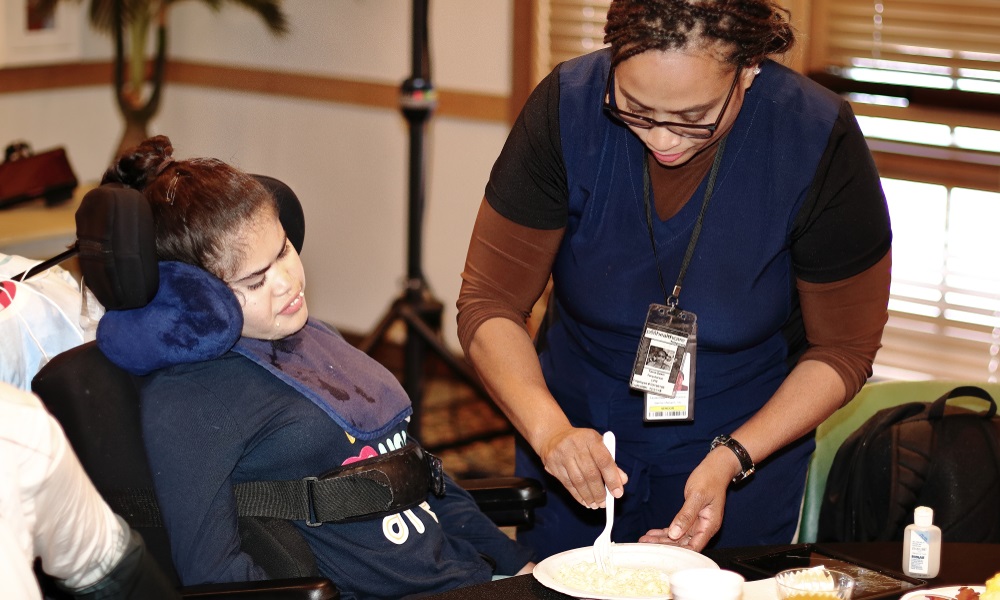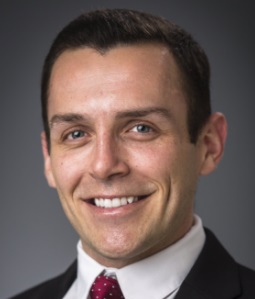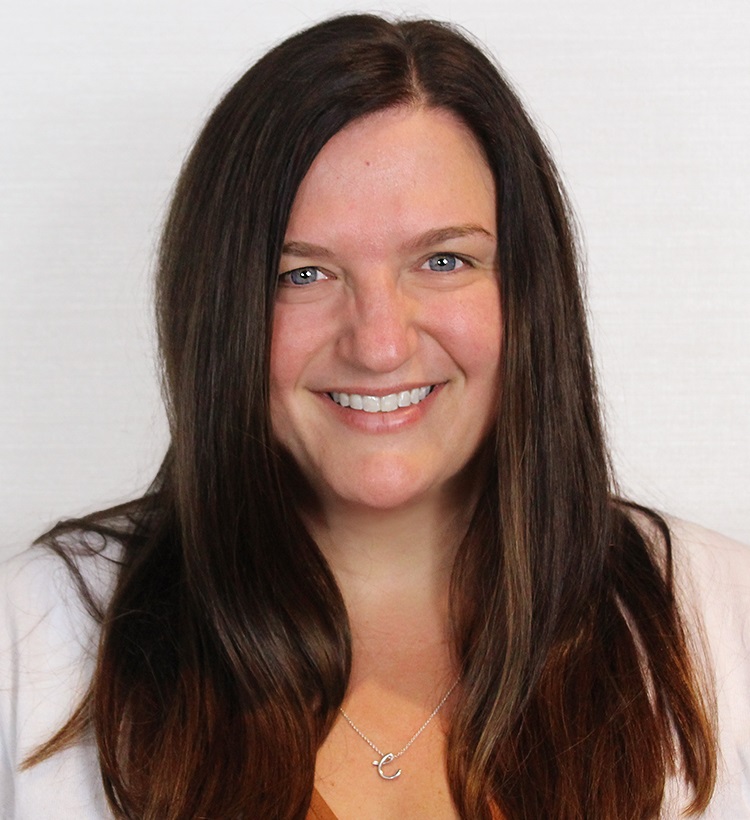
Microfile.org/Shutterstock
A caregiver helps a person with cerebral palsy at mealtime.
To live on her own, Nia Moon, a blind 27-year-old who has cerebral palsy, needs caregivers to help with such everyday tasks as bathing, getting dressed, cooking, staying in clean diapers and taking daily medications that keep her alive. Getting that kind of assistance consistently, in the small central Oregon town where she lives, has been difficult.
It’s “a nightmare,” said Moon, who’s enjoyed her independence since leaving her parents’ home about 10 years ago. “It often seems like you hire someone, and then, just as you are getting used to each other, something gets screwed up and you have to try and find another caregiver … It’s beyond frustrating.”
 Having caregivers come and go is a problem for many disabled people. Recognizing that, the Biden Administration has proposed a $400 billion infusion of federal Medicaid cash to stem a nationwide shortage of caregivers for disabled youth and young adults but, also, a growing tally of aging Americans. The proposal, aimed at shoring up a caregiver workforce that has long suffered from low wages and high turnover, is tucked into Biden’s $2 trillion infrastructure overhaul plan.
Having caregivers come and go is a problem for many disabled people. Recognizing that, the Biden Administration has proposed a $400 billion infusion of federal Medicaid cash to stem a nationwide shortage of caregivers for disabled youth and young adults but, also, a growing tally of aging Americans. The proposal, aimed at shoring up a caregiver workforce that has long suffered from low wages and high turnover, is tucked into Biden’s $2 trillion infrastructure overhaul plan.
“This is a historic moment for the field,” said Stephen Campbell, a data and policy analyst for the Paraprofessional Healthcare Institute, a nonprofit research and consulting firm focused on improving working conditions for caregivers. “The federal government hasn’t made this sort of targeted investment in the home and community-based services system before.”

Stephen Campbell of the Paraprofessional Healthcare Institute
Funded jointly by the federal government and the states, Medicaid pays for caregivers for low-income people with disabilities who don’t live in nursing homes through the home and community-based services program. Critics argue that the program has been perennially underfunded. In part, that’s because individual states’ spending on Medicaid varies widely, from a high of about $38,000 per disabled enrollee in North Dakota to a low of about $9,000 per disabled enrollee in Alabama. That sometimes results in long waits to even get a caregiver and in on-again, off-again care by a flurry of different caregivers for disabled people, including young adults seeking a good quality-of-life outside of their parents’ and guardians’ homes.
“There is a real understanding — because of some of the threats that have come to the long-term services and supports system in this country in the last five years — that this is something that needs to be dealt with once and for all,” said Nicole Jorwic, senior director of public policy for The Arc of the United States, the nation’s largest advocacy organization for people with intellectual and developmental disabilities and their families. “So we’re hoping that we can work with Congress to make sure that [funding] happens.”
Getting a Caregiver Can Take Years

Nicole Jorwic of The Arc of the United States
A 2019 Kaiser Family Foundation analysis concluded that 30 months was the average wait to get a caregiver. It also cited disruptions in caregiver services. Backlogs related to those problems aren’t expected to improve any time soon, given that the number of Americans age 65 and older is projected to double between 2015 and 2050. Many in that population also need in-home assistance.
“Even presently, before this future influx of demand, younger people with disabilities are also struggling to find workers,” Campbell, of the healthcare workers’ institute, said. “It can be really challenging. That comes down to wages that just aren’t competitive with other industries like fast food and retail, but other job quality elements as well.”
A Workforce Crisis as Demand for Care Grows
More than 2 million disabled and/or elderly Americans are enrolled in the government’s home and community-based services. Roughly 800,000 are on waiting lists.
Experts say the need for more funding is readily apparent and urgent.
The median wage for in-home caregivers is about $12 an hour and has remained stagnant for more than a decade when adjusted for inflation, according to the Paraprofessional Healthcare Institute. Campbell, the institute’s analyst, said that in some states with particularly strong labor unions the wages are higher, but not much higher.
“By and large these workers are not receiving a living wage anywhere” in the United States, Campbell said, “and it reflects both an undervaluing of people with disabilities and older adults, and an undervaluing of the people who do this work — a largely women-of-color and immigrant workforce.”
Meanwhile, the need for their services continues to grow.
Campbell said that an analysis of federal labor data shows that between 2019 and 2029, the United States should expect about 7.4 million caregiver job openings, 4.5 million of which will come in the home and community-based services realm. The remaining 2.9 million will be direct care jobs in facilities such as nursing homes.
Some of those openings will be new positions, Campbell said. Most will result from workers leaving their jobs. About 50% of those workers leave the job after about 12 months, he said.
“We do know, based on reports from the field and what little data we have, the situation now is very much characterized by widespread vacancies, high turnover and, overall, a really awful workforce shortage,” Campbell said.
In addition to low wages, Campbell said caregiver job turnover also is due to the lack of opportunities for advancement and, in some cases, lack of support from the home health agencies that employ direct care workers.
Current Needs vs. Long-term Needs
Job advancement and other workplace quality concerns should be addressed, said Campbell, adding that the Biden proposal could go a long way to addressing wages, the No. 1 issue.
Even so, he cautioned that $400 billion won’t last long, given the needs and lack of clarity about whether a high-level commitment by the government might be ongoing in this sphere.
Still, he said, “It’s a start.”
Jorwic, The Arc’s policy director, said there seems to be bipartisan support for increasing home and community-based care services funding, and she’s optimistic it will pass in some form.
The price tag may seem high, she said, but it could pay for itself by spurring economic growth on several levels: creating more direct care jobs with better wages; providing services that allow more people with disabilities to enter the workforce; and allowing family caregivers to reenter the workforce themselves.
In the absence of a systemic funding fix, some creative solutions have sprung up. Some companies, including Minnesota-based Rumi, and nonprofits such as L’Arche Friendship Houses offer services that match disabled people with roommates who are willing and able to fulfill their caregiving needs. The federal government also recently launched a “caregiver Peace Corps” initiative to recruit volunteer caregivers.
Kin, Sometimes Unpaid, Fill in as Caregivers
But most of the responsibility for filling the void, so far, has fallen to blood relatives who can apply for caregiver compensation through Medicaid, with the level of compensation ranging widely, state-by state. Sometimes, those relatives are aging parents or guardians.
“Family caregivers are filling in the gaps in the service system, and we know there has been a historic overreliance on family caregivers,” Jorwic said. “The majority of people with intellectual and developmental disabilities are currently living with aging caregivers. This is part of why we really need to make this investment.”
Help from her relatives is not an option for Moon, whose family doesn’t live close enough to aid her daily, she said. In what Moon said is a life-or-death matter for her, she relies on home health agencies to send a new caregiver whenever an old one departs.
“When you are completely dependent on another person to feed you, dress you, bathe you, shave you, brush your hair and teeth for you, cook for you, check and change your diapers, do your laundry, cut your nails, go shopping for you, do your makeup and drag you kicking and screaming to the doctor when you get sick or seriously hurt, you cannot afford to be without a caregiver for 24 hours, let alone several weeks,” Moon said. “… Without having at least one of them, I would be dead.”





























